CLAT vs AILET serve as gateways to prestigious National Law Universities (NLUs), but they differ in terms of pattern, syllabus, eligibility, and difficulty level. This comprehensive guide delves into the key distinctions between CLAT and AILET, empowering aspirants to make an informed decision about the legal career path.
Table of Contents
CLAT stands for Common Law Admission Test, while AILET stands for All India Law Entrance Test. While appearing for law entrance examinations in India, aspirants often encounter various entrance exams.
Various national-level colleges consider CLAT scores and AILET scores. Therefore, it is best to know and understand the basic differences between CLAT vs AILET.
CLAT vs AILET: Overview
To know the details of both exams, it is primarily necessary to understand the differences between the two exams. For a better understanding of CLAT vs AILET, here are the important details:
| Features | CLAT | AILET |
| Conducted by | Consortium of National Law Universities (NLU) | National Law University, Delhi (NLUD) |
| Number of NLUs participating | 22 | 1 |
| Number of sections | 5 | 3 |
| Duration | 2 hrs | 90 mins |
| Eligibility | 45% marks in 10+2 exams (40% for reserved categories) | 50% marks in 10+2 exams |
| Application mode | Online | Online |
| Exam Mode | Offline | Offline |
| Exam Centres | All over India | Major cities in India |
Here is the comparison between the important factors of CLAT and AILET:
Exam Pattern
- CLAT Exam Pattern: It has five sections: Constitutional Law, English Language Comprehension, General Knowledge, Legal Aptitude, and Logical Reasoning.
- AILET Exam Pattern: It has three sections: English, Legal Reasoning, and General Knowledge.
Syllabus
- CLAT syllabus is more comprehensive than the AILET syllabus. The CLAT syllabus includes topics such as current affairs, legal principles, and constitutional provisions.
- AILET syllabus focuses more on English language skills and legal reasoning.
Eligibility Criteria
- CLAT Eligibility Criteria: Candidates must have scored at least 45% marks in 10+2 exams (40% for reserved categories).
- AILET Eligibility Criteria: candidates must have scored at least 50% marks in 10+2 exams.
Difficulty Level
- CLAT is generally considered to be a moderately difficult exam.
- AILET is generally considered to be a more difficult exam than CLAT.
Read More: Top Government Law Colleges in India 2026
CLAT vs AILET: Exam Pattern
The CLAT vs AILET exam pattern is as mentioned below. Each correct answer will be awarded 1 mark, and for each wrong answer, there will be 0.25 marks deducted.
| Particulars | CLAT | AILET |
| Medium of question paper | English | English |
| Total sections | 5 | 5 |
| Question Type | MCQs | MCQs |
| Total Marks | 150 | 150 |
| Correct Answer | +1 | |
| Incorrect Answer | -0.25 | |
Read More: How to Become a Lawyer?
CLAT vs AILET: Syllabus
The syllabus for both CLAT and AILET is quite similar. There are only nominal dissimilarities. However, the entire syllabus for both the exams is as follows:
CLAT Syllabus
English Language
- Passages
- Correcting Incorrect Grammar Sentences
- Fill in the Blanks
- Synonyms & Antonyms
- Spotting Grammatical Errors
- Tenses
- Active & Passive Voice
General Knowledge (inclusive of Current Affairs)
- Recent Events of National and International Importance
- History
- Art & Culture
- Awards & Honours
- Eminent Personalities in Sports
- Economy
- Science
Also Read: Cyber Law Courses: Eligibility, Admissions, Top Colleges, Career Scope
Legal Reasoning
- Legal Maxims
- Indian Constitution
- Important Supreme Court Judgments
- Important Acts and Amendments of the Legislature
- Legal GK
- Current Affairs
Logical Reasoning
- Relationships
- Analogies
- Logical Sequences
- Syllogism
- Statement & Assumption
- Cause & Effect
- Inferences
- Premises & Conclusion
Quantitative Ability/ Mathematics
- Algebra
- Ratios and Proportions
- Mensuration
- Statistics
- Pie Chart
- Bar Graph
- Line Graph
- Table Chart
AILET Syllabus
English Language
- Fill in the blanks
- Comprehension passages
- Antonyms & Synonyms
- Idioms and phrases
- Jumble words and sentences
- Choosing the correct words
General Knowledge (inclusive of Current Affairs)
- International events
- UN bodies
- Significant advancements in the fields of sports, environmental agreements & geopolitics
- Current affairs
- Eminent personalities
- Sports
- Awards and honours
Read More: How to Crack AILET 2026?
Legal Reasoning
- Vicarious Liability
- Strict Liability
- Law of Crimes
- Contracts and Constitutional Law
- International Law
- Intellectual Property Rights
- Legal Awareness covering Constitutional Law and Polity
Logical Reasoning
- Series
- Blood Relations
- Directions
- Critical Reasoning
- Syllogism
Quantitative Ability/ Mathematics
- Algebra
- Profit and loss
- Time and work
- Average, speed and distance
- Permutation-combination and Venn diagrams
- Numerical ability
Section-wise Weightage of CLAT vs AILET
While preparing for any exam, it is required to comprehend the sectional weightage of the syllabus. This way, candidates can focus on the areas that need more attention.
Nevertheless, the sectional weightage of CLAT vs AILET is tabulated below:
| Particulars | CLAT | AILET |
| Number of Questions | Number of Questions | |
| English Language | 28 - 32 | 35 |
| Current Affairs (including GK) | 35 - 39 | 35 |
| Legal Reasoning | 35 - 39 | 35 |
| Logical Reasoning | 28 - 32 | 35 |
| Quantitative Techniques | 13 - 17 | - |
| Elementary Mathematics | - | 10 |
Marking Scheme of CLAT vs AILET
Following the number of questions, it becomes necessary to understand the marking scheme of any exam. Therefore, here is the marking scheme of CLAT vs AILET:
| Particulars | CLAT | AILET |
| Maximum Marks | Maximum Marks | |
| English Language | 28 - 32 | 35 |
| Current Affairs (including GK) | 35 - 39 | 35 |
| Legal Reasoning | 35 - 39 | 35 |
| Logical Reasoning | 28 - 32 | 35 |
| Quantitative Techniques | 13 - 17 | - |
| Elementary Mathematics | - | 10 |
Read More: Top Private Colleges Accepting CLAT Score
Best Books: CLAT vs AILET
Books are the most reasonable way to crack any exam. Therefore, among the dozen books for preparation, we have listed the ones categorised as the best books while preparing for CLAT vs AILET.
| Subjects | CLAT | AILET | ||
| Books | Author | Books | Author | |
| English Language | Word Power Made Easy | Norman Lewis | Objective General English | S P Bakshi |
| High School English Grammar and Composition | Wren & Martin | A Modern Approach to Verbal & Non-Verbal Reasoning | R.S. Aggarwal | |
| Objective General English | RS Aggarwal | Objective English for Competitive Examination | Tata McGraw-Hill | |
| Barron’s Pocket Guide to Vocabulary | Word Power Made Easy | Norman Lewis | ||
| High School English Grammar and Composition | Wren and Martin | |||
| Quick Learning Objective: General English | RS Aggarwal | |||
| Current Affairs (including GK) | Latest Magazines | |||
| Newspapers | ||||
| India Year Book | ||||
| Pratiyogita Darpan | ||||
| Lucent’s General Knowledge | ||||
| Legal Reasoning | Legal Awareness and Legal Aptitude | AP Bhardwaj | Legal Aptitude | RK Gupta |
| LexisNexis ButterworthsBare Acts of the Indian Constitution | Legal Aptitude for the AILET and Other Law Entrance Examinations | A.P. Bhardwaj | ||
| Universal’s CLAT Guide | ||||
| Bare Acts of the Indian Constitution | ||||
| Logical Reasoning | Verbal and Non-Verbal Reasoning | RS Aggarwal | A Modern Approach to Logical Reasoning | RS Agarwal |
| Logical Reasoning | R K Gupta and Samiksha Gupta | |||
| Analytical Reasoning | MK Pandey | Verbal and Nonverbal Reasoning | RS Agarwal | |
| Analytical and Logical Reasoning | R.S. Aggarwal | Analytical Reasoning | MK Pandey | |
| Quantitative Techniques | Quantitative Aptitude | R.S. Aggarwal | - | |
| Elementary Mathematics | - | Quantitative Aptitude for Competitive Examinations | RS Agarwal | |
| Universal's Elementary Mathematics (Numeral Ability) | Jain Prateek | |||
| Fast Track Objective Arithmetic | Arihant’s | |||
| Quantitative Aptitude for Competitive Examinations | Abhijit Guha | |||
| Magical Book On Quicker Maths | M Tyra | |||
Ultimately, the best exam depends on the individual's strengths and weaknesses. If the strength is in English and legal reasoning, AILET may be a good choice in such a scenario. If the aspirants are more comfortable with a broader syllabus, CLAT may be a better option.
Also Check: How to Balance CLAT Preparation with Class 11 & 12 School Studies?



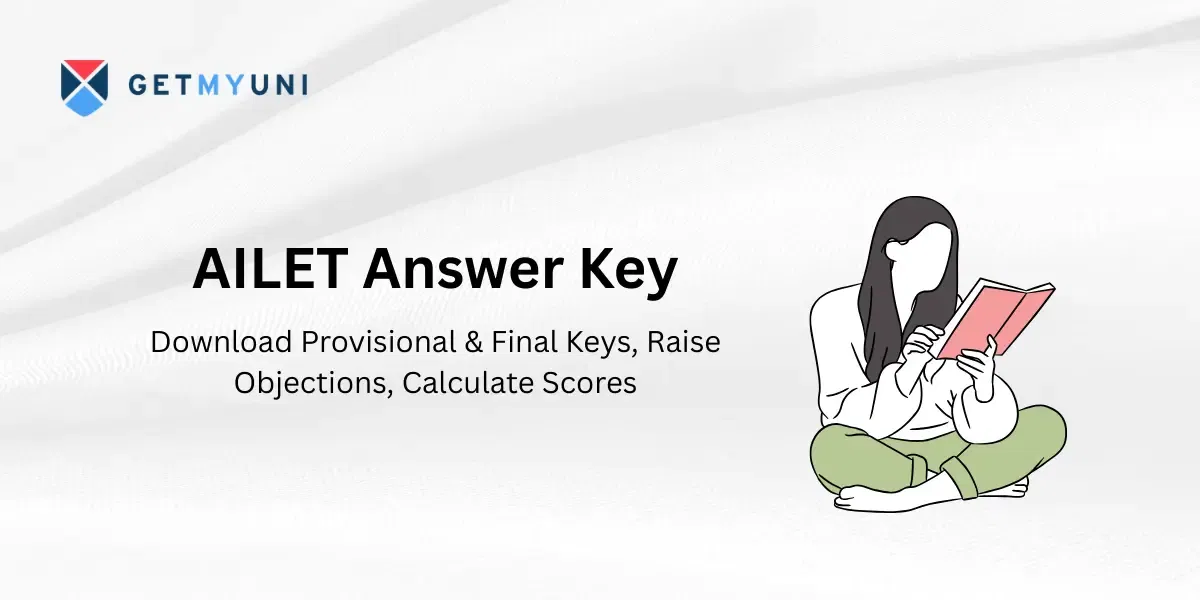

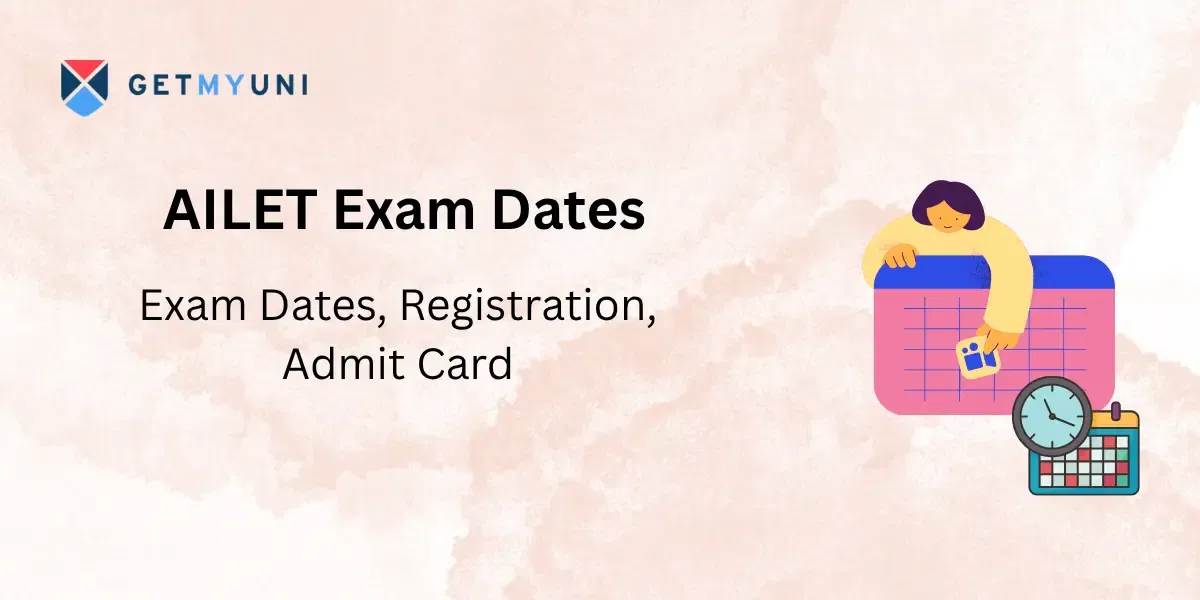
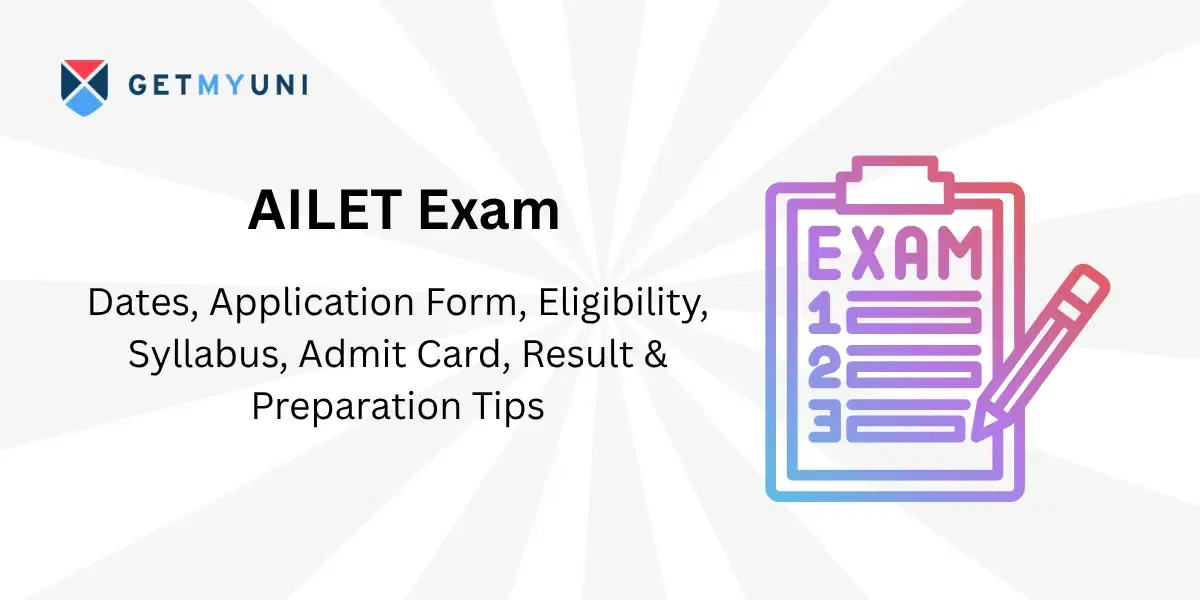



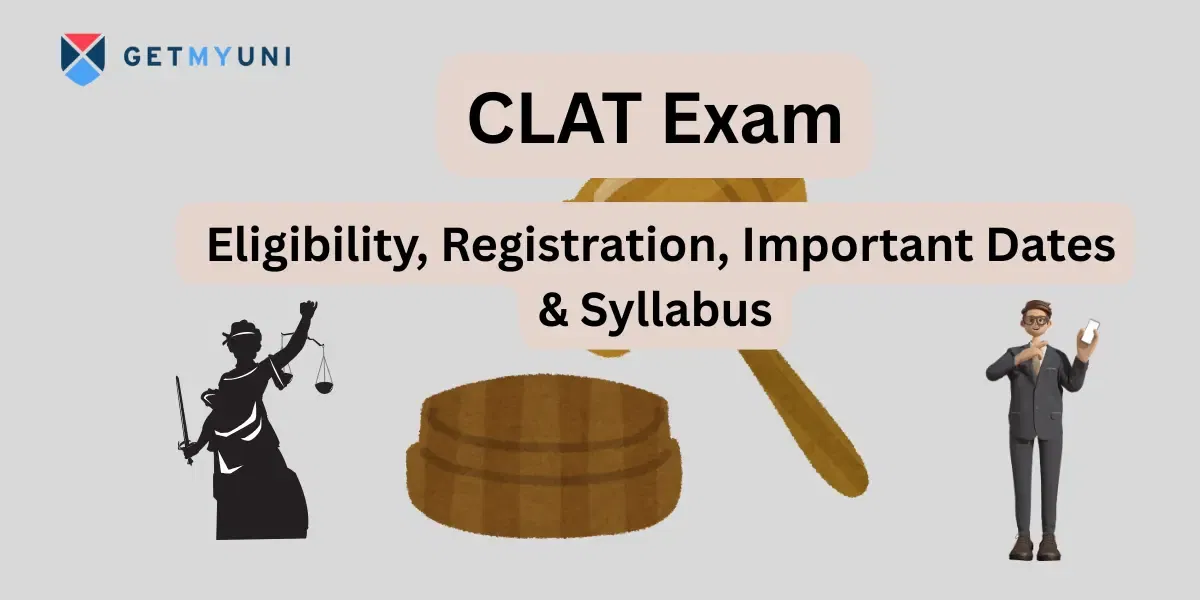








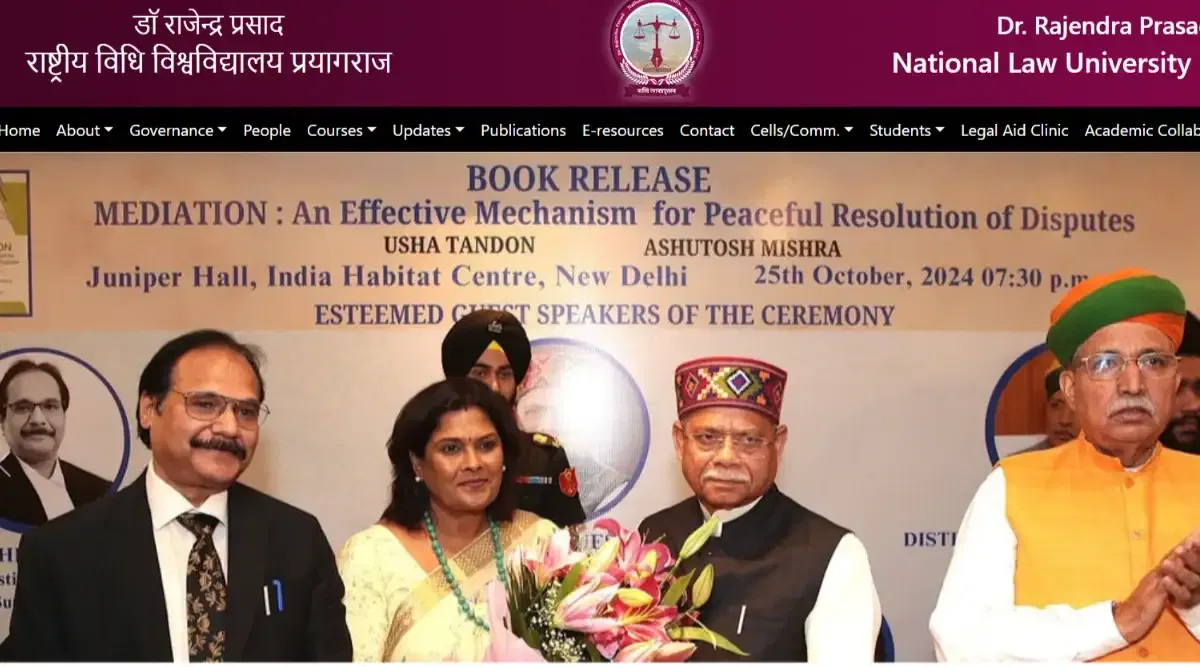




POST YOUR COMMENT